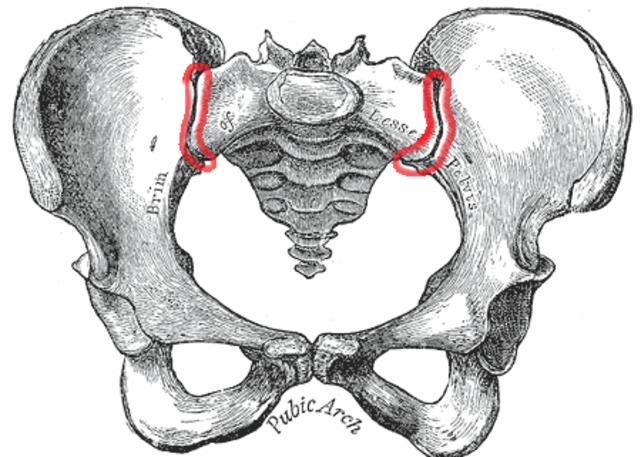Diagnosing Sacroiliac Joint Pain
Back pain can originate in many different areas. Like stomach pain, the first step in treating back pain is determining where the pain is emanating from. This is because many common conditions can cause non-specific low back pain. For example, sacroiliac (SI) joint pain can mimic the symptoms of sciatica or lumber spine pain. Approximately 15-30% of low back pain cases can be contributed to the SI joint.
The steps involved in the diagnosis of SI joint pain include obtaining a medical history, completing a physical exam, and ruling out other possible pain conditions. In addition, radiographic images will often be obtained.
Through a physical exam, the healthcare provider will perform diagnostic tests to determine what might be causing a patient’s pain. It is common for a patient with SI joint pain to have tenderness over this region. Although this does not rule out other spinal pathologies, it can lead a physician to consider SI joint pain.
It is crucial for a physician to rule out other pain conditions, such as hip arthritis, pinched nerves in the back (i.e., sciatica), or facet joint arthritis. By eliminating other potential pain generators, the physician can come to the diagnosis of SI joint pain and begin treatment. Since these other conditions can cause similar symptoms, it is important to identify the correct source of the pain to create the most effective treatment plan.

Treatment
Treatment for SI joint pain should be approached in a stepwise manner. The least invasive methods, such as physical therapy and chiropractic care, often lead to significant pain reductions. If the SI joint pain is not relieved through these treatments, injections and surgical options can be considered. We will work with you to develop a treatment plan that works best for your situation.
Understanding Pain
Pain can have a debilitating effect on one’s life, stipulated by interference with daily activities, decreased independence, and withdrawal from interactions with family and friends. Pain can also affect a person’s sleep cycle and interfere with work and professional activities. Dr. Provenzano and his team will work with you to identify and alleviate these issues and provide a personalized and thorough pain management and treatment plan.
PT/Chiropractic Care
The first step in most treatment plans is often physical therapy or chiropractic care because of their effectiveness and non-invasive nature. Working with a physical therapist or chiropractor to strengthen the surrounding muscles can improve joint stability and decrease pain without the need for procedures.
Sacroiliac Joint Injections
Steroid injections can help to reduce inflammation around the SI joint which in turn, leads to pain relief and improvements in function.
Sacroiliac Joint Radiofrequency Ablation
A special needle is used to heat the nerves surrounding the SI joint and leads to the reduction in pain by stopping the signal. Pain relief is expected to last 12-18 months. This procedure requires diagnostic blocks to confirm the source of the pain prior to proceeding.
Sacroiliac Joint Fusion
Fusions can reduce pain by decreasing the instability of the joint. This treatment option is reserved for patients with severe SI joint pain that does not respond to more conservative treatment options.
Interested In Clinical Research?
Pain Diagnostics and Interventional Care’s Clinical Research Department is driven to further the science of Pain Medicine to bring our patients the most up to date and effective treatment options. We are currently enrolling patients for studies regarding low back pain. If you are interested in learning more, let us know!
Contact form
Or just call (412) 221-7640 and we’ll do everything we can to help.
Across all review platforms
Dr. David Provenzano, a leading expert throughout the nation for treating patients who suffer daily from pain, uses advanced diagnostic techniques to assess the source of the pain and develop a comprehensive and safe treatment approach that can significantly reduce your pain.

